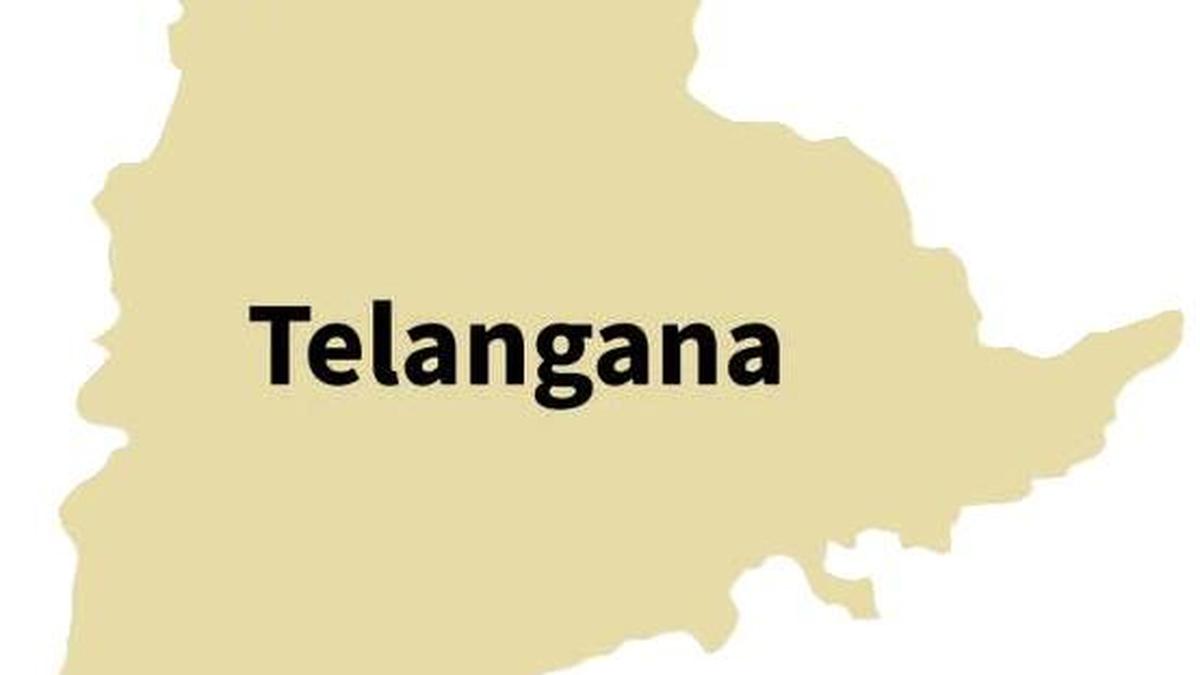Last week, Telangana became the first State to notify categorisation of Scheduled Castes (SCs) after the Supreme Court’s landmark judgment last year upholding the constitutionality of sub-classifying SCs and Scheduled Tribes (STs) to grant separate quotas for the most marginalised groups within these communities.
Soon after the Court’s verdict, the Telangana government headed by Chief Minister A. Revanth Reddy announced its resolve to take up sub-classification in accordance with the Court’s orders. It constituted a Cabinet sub-committee headed by Irrigation Minister N. Uttam Kumar Reddy and co-chaired by Health Minister C. Damodar Rajanarsimha to examine the judgment and suggest the way forward. The committee held wide-ranging consultations with various stakeholders and favoured the constitution of a one-man judicial commission. The government appointed retired High Court judge Shameem Akhtar as the one-man commission and asked him to assess intra-group disparities among the various castes within the SC category and propose a rational redistribution of reservation benefits.
Justice Akhtar convened meetings with individuals and voluntary organisations such as the Madiga Reservation Porata Samiti headed by Manda Krishna besides reviewing earlier reports including the findings of the 1997 Ramachandra Raju Commission of 1997 and the 2007 Usha Mehra Commission. Both these reports found that Malas and Adi-Andhras had disproportionately benefited from SC reservations. They recommended sub-classification of SCs into four groups on the basis of population size and redistribution of reservation benefits to them accordingly.
The one-man commission has favoured classification of SCs into three groups instead of four, as recommended by the earlier commissions. It has listed 15 of the 59 SC communities as the most backward and classified them under Group-I with 1% reservation; 18 sub-castes as receiving marginal benefits and classified them under Group-II with 9% reservation; and 26 sub-castes as relatively better placed with respect to opportunities and classified them under Group-111 with 5% reservation.
Justice Akhtar favoured implementation of the creamy layer concept, but this has been rejected by the government on the grounds that segregating some people could lead to legal complications. The government, according to Mr. Uttam Kumar Reddy, also took note of the Court’s observation emphasising the difference between sub-classification and sub-categorisation and cautioned against using these classifications for political appeasement rather than for the genuine uplift of marginal communities.
Mr. Rajanarsimha said that 33 of the 59 sub-castes would continue in the same groups as recommended by earlier commissions and that only 26 sub-castes constituting 3.43% of the SC population would be reshuffled. The caste survey conducted by the Congress government said that the SC population was 54.09 lakh, constituting 17.43% of the total population, and that 3.43% among the SCs will be affected by the categorisation.
The Cabinet panel as well as the one-man commission factored in the Supreme Court’s ruling that sub-classification should be based on empirical data and historical evidence of systemic discrimination rather than arbitrary or taken due to political considerations. The government studied the social, economic, educational, employment, and political status of SC communities during the caste census while categorising SCs into three groups. The Cabinet panel has announced that recruitment to government jobs will from now be based on the categorisation of SC communities. Categorisation will not be applicable to the vacancies already notified, for jobs relating to the Central government, and for educational institutions run by the Central government.
Recalling that the government had fixed 15% reservation for SCs based on the 2011 Census, the government said that it would enhance reservation once the 2026 Census is conducted. The issuance of the gazette notification on SC classification, as well as the government’s move to enhance reservation for backward classes to 42% (which is awaiting assent from the Union government and will likely run into legal issues), could bolster the prospects of the Congress, which has been trying to brand itself as a champion of social justice.
Published – April 21, 2025 12:15 am IST
